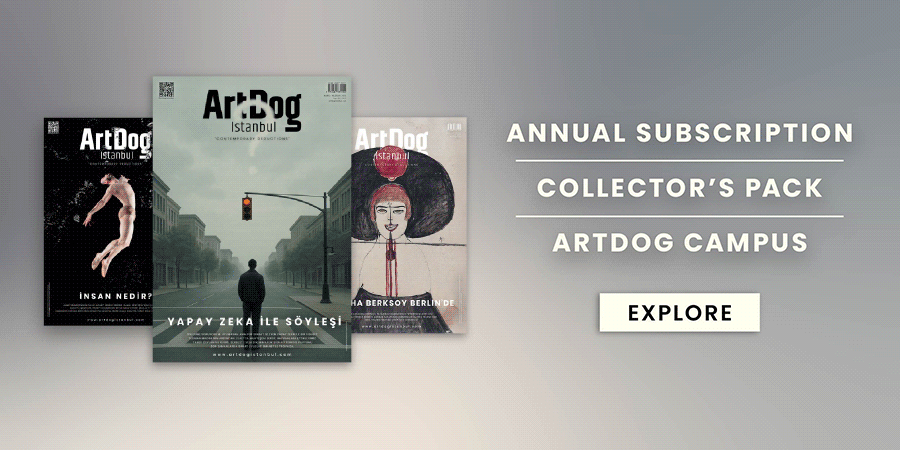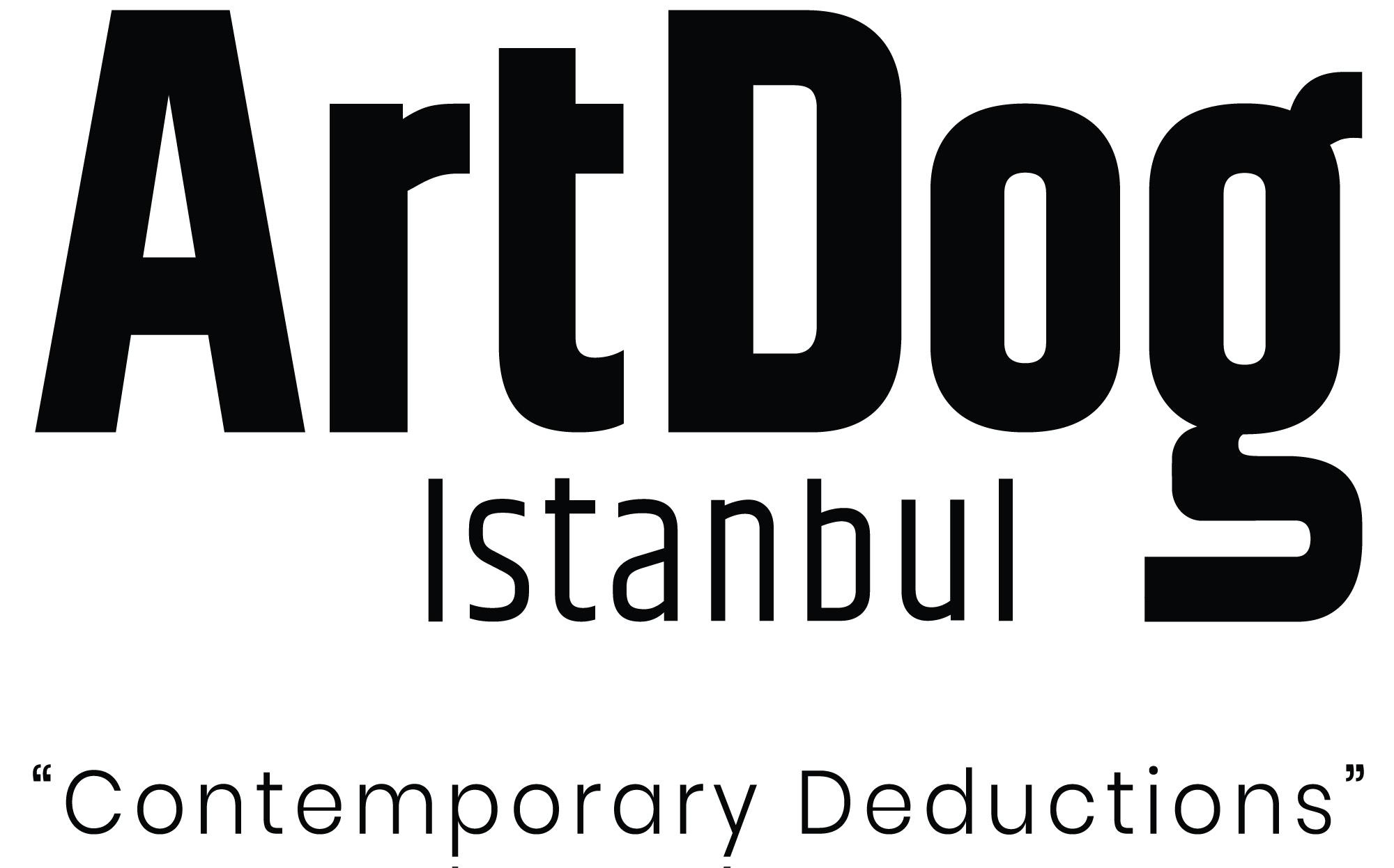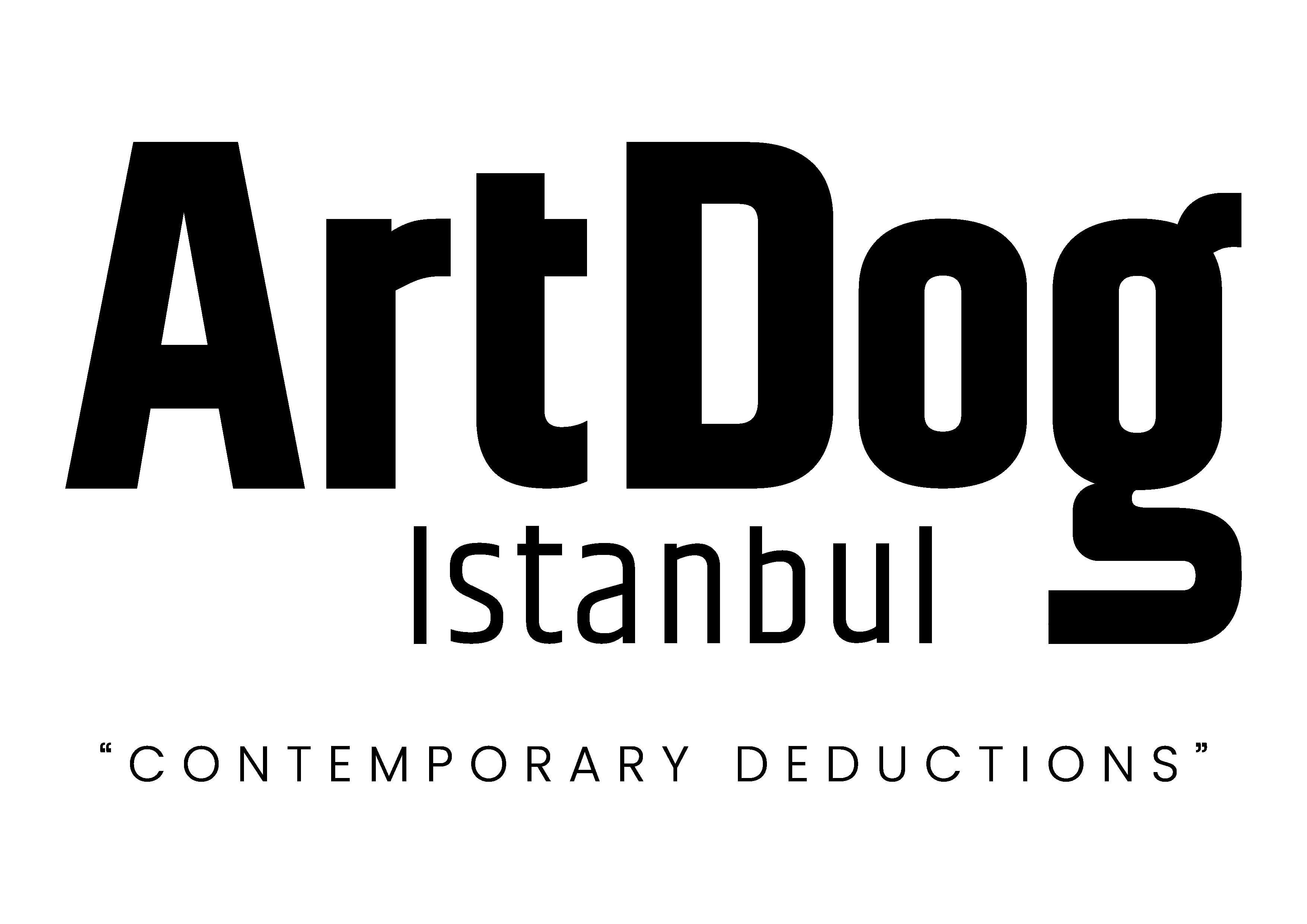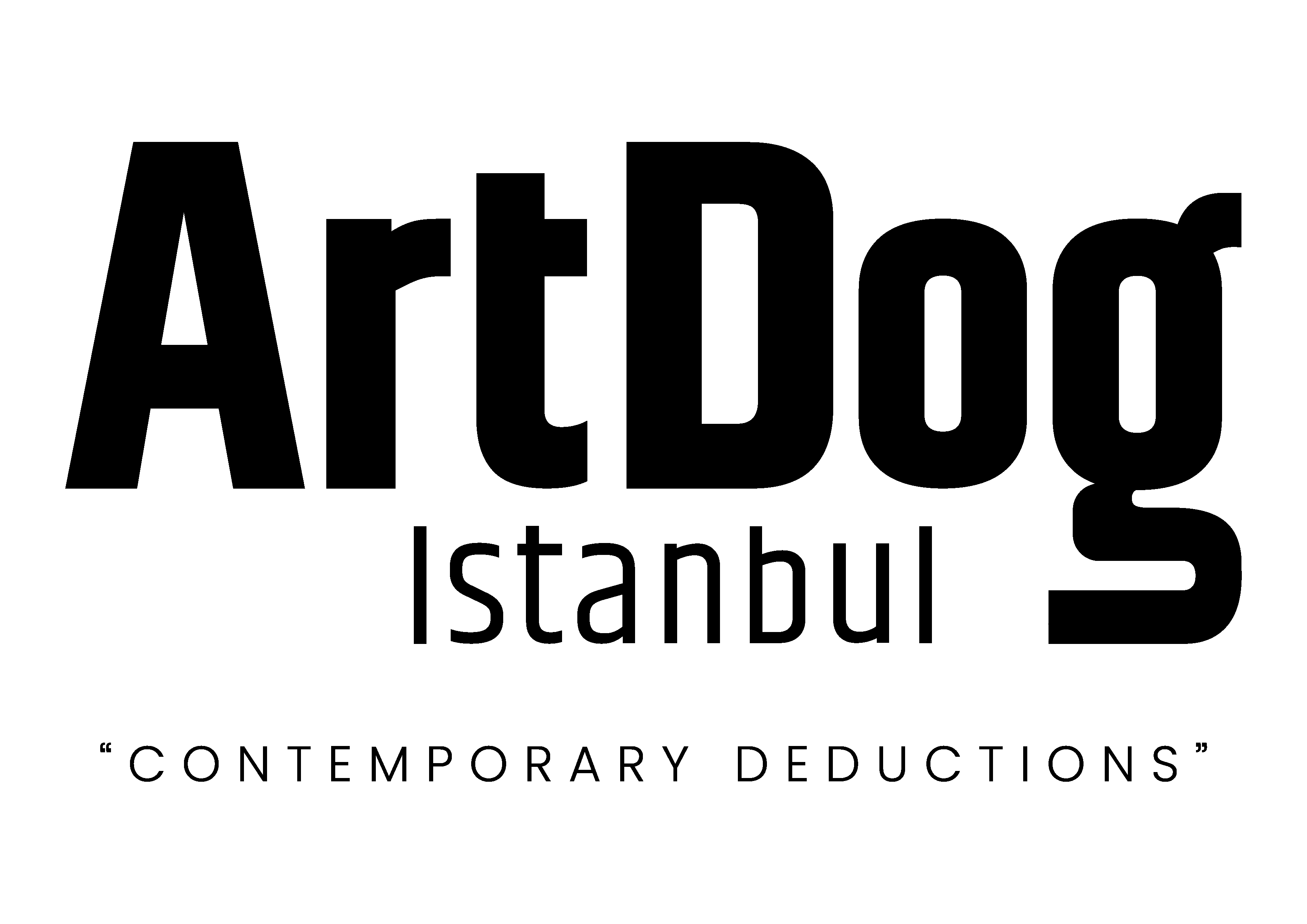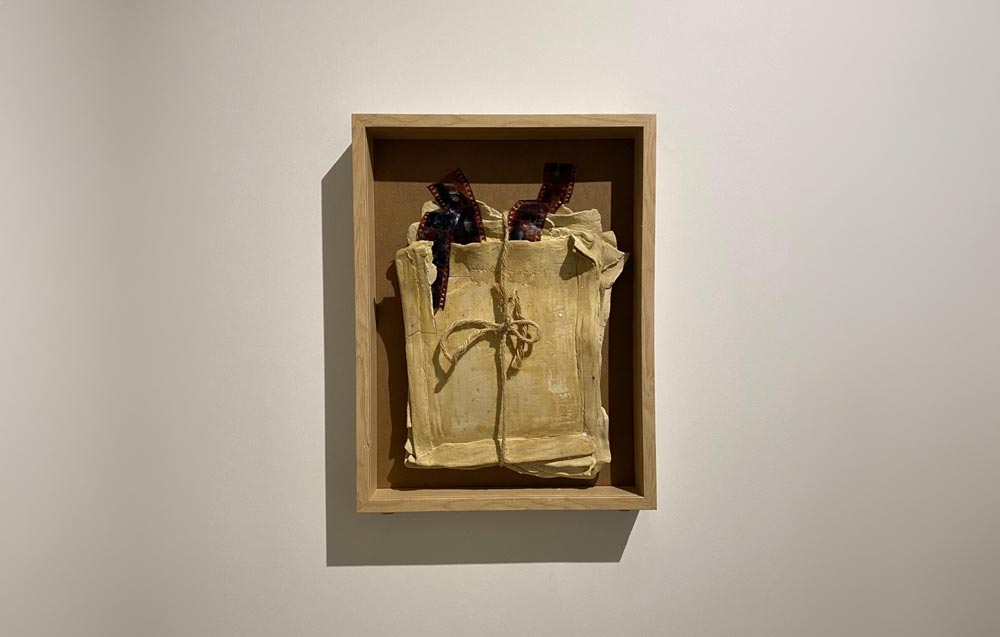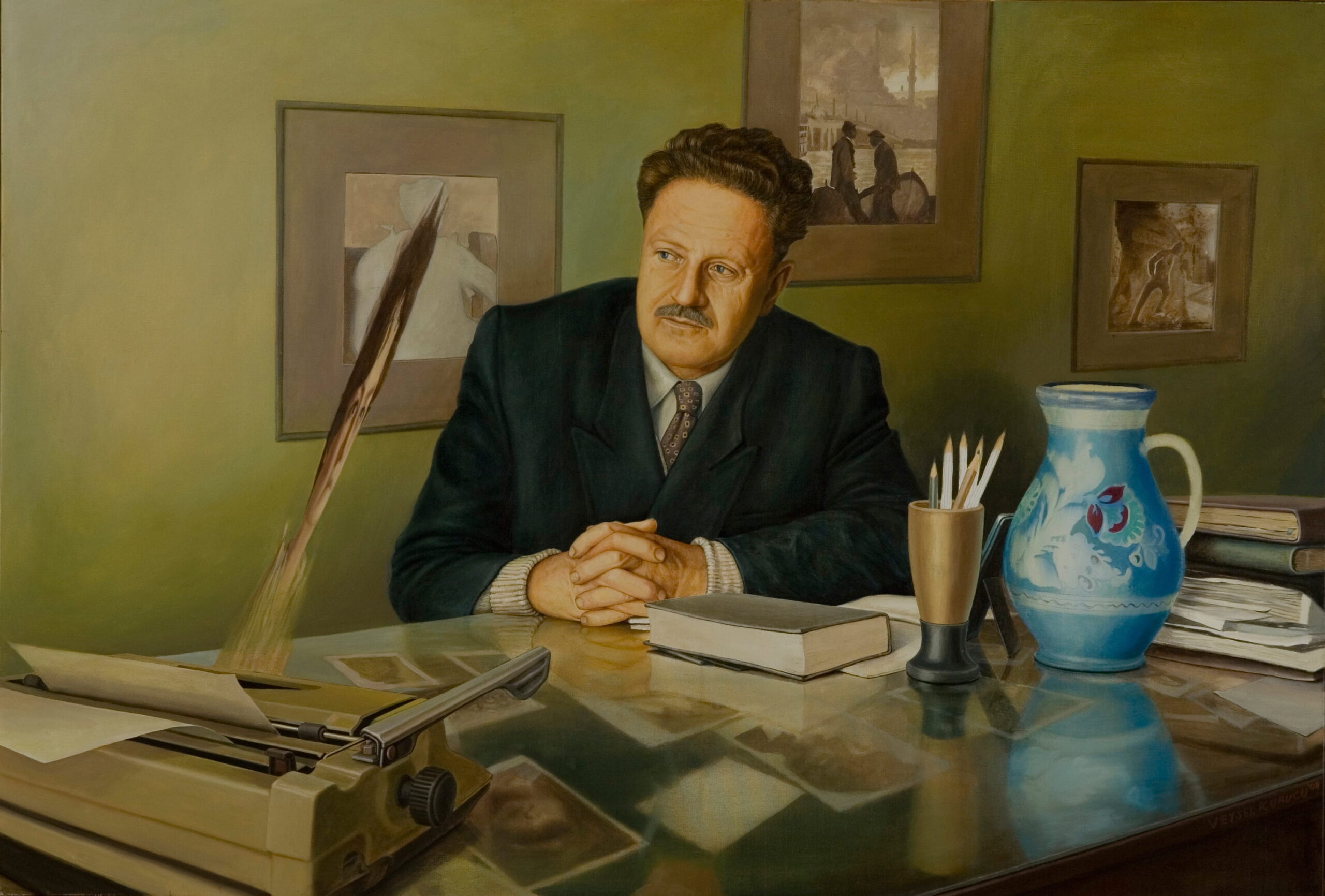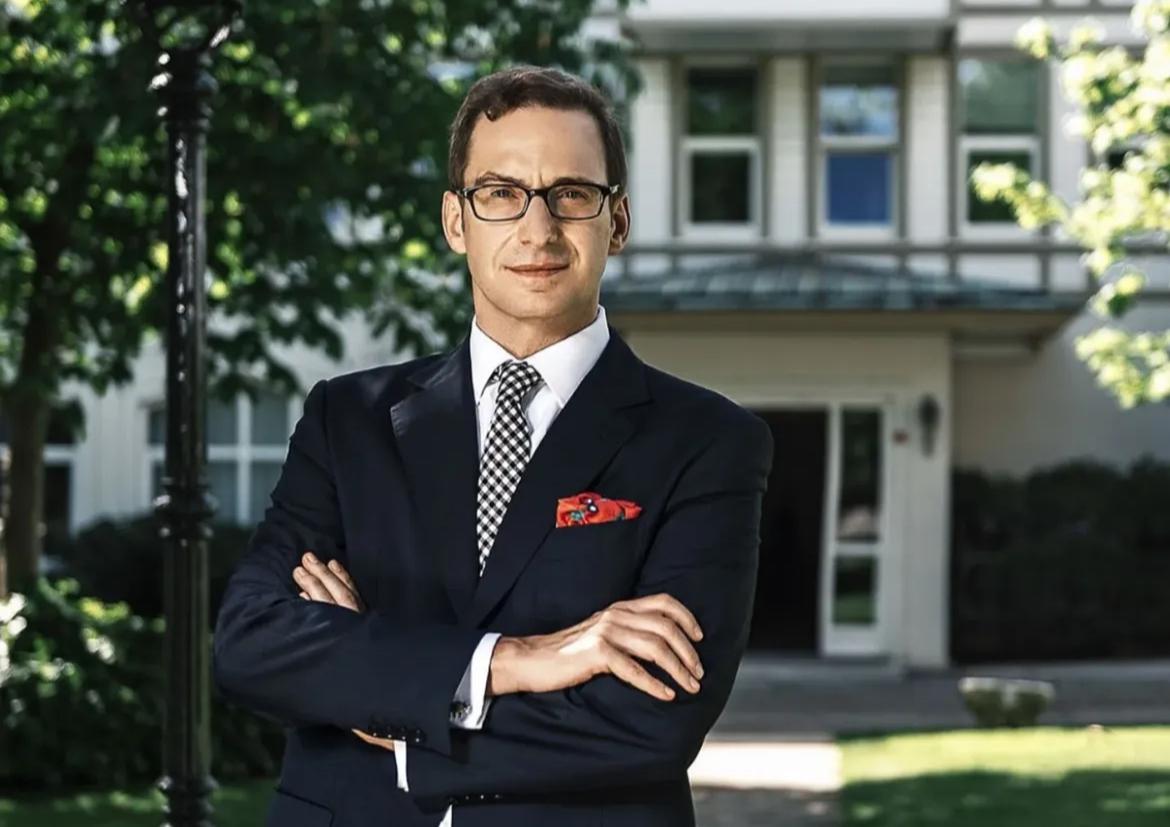Offgrid Art Project, which offers a unique platform for independent artists on İmam Adnan Street in Beyoğlu, brings together Defne Parman, who stands out with her woven works, and ceramic artist Esra Gezer in the exhibition titled The Ones Under the Carpet. The exhibition is curated by Nilay Yerebasmaz and invites us to reflect on the traumas, mourning and forgetting processes that take place in our collective memory but are sometimes ignored. The artists explore the intersection of individual memories with our daily lives through different materials and methods.
Defne Parman, whose works created using fabric and cotton make the memories under the veil visible in a physical form, explains the following about her works in the exhibition:
“This is an exhibition about memory, remembrance and mourning. I have made seven works in this exhibition, each of which is made of fabric and cotton. All of them emphasize the abstract expression of our relationship with our memory and our memory. For example, in ‘Remember-ed’, you can see pieces of cotton sprouting out from under the fabric, resembling a neuron. In fact, it symbolizes the traces of the past in each of us; family history, inheritance transmission and our own personal lives… The present-day equivalent of all these, which also sprout like roots, are our traumas. Here, you see that they somehow want to come out through the tears, they want to attack, and even if they don’t, they are felt under the fabric. I have done all this with a fragile material like cotton, which is a pure material and at the same time can get very dirty and damaged. On the one hand, there are some letters on the fabric. With these letters, I wanted the viewer to put them together to form sentences, like a kind of mind search. So ‘Remember-ed’, ‘remember’, ‘remember’, ‘remember’, it’s also a command to the side. Because what we remember, what we don’t remember or what we don’t want to remember comes out in every way like these roots…”
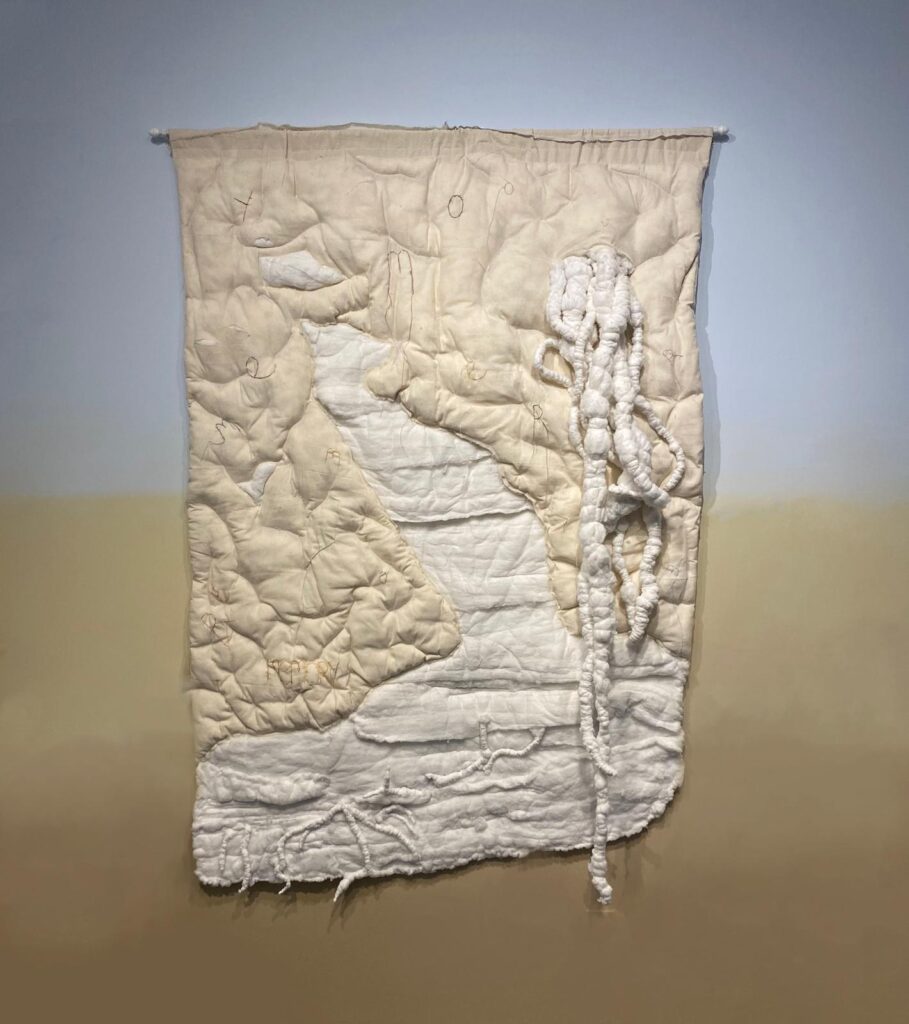
Under the Veil of Memory
Pointing out that cotton and rips in fabric evoke memories that seep from the depths of consciousness and resist being forgotten, Parman’s other work in the exhibition, Memory, just like Remember-ed, emphasizes what comes out from under the veil of memory.
“These are dual works that complement each other,” said the artist, “The work you see below is a lump work… I wanted to make all of these like a wall installation. I didn’t want to just paint the wall and use it for decorative purposes; I wanted it to be included in the work. For this reason, I made a color transition like the sky and the earth… I mean, like coming from the earth and going to the sky… In the same way, we can see these colors on the works with threads. What we call a lump is an object that springs out from a corner of the gallery… This reminds us of the vegetables that grow under the soil, but it also evokes the feeling of that lump in the throat, the feeling that we cannot swallow and that repressed feeling that tries to come out in every way. It is trying to find its way like roots; I take these roots from both positive and negative places, like those traumas, and like limbs trying to grow and continue to survive…”
Language and Memory
The artist says the following about her work What If:
“I wanted to do something more playful here… I thought about our relationship with memory again, but this time I wanted to turn the words I wrote into a game. Every time a new word is added, the meaning of the whole sentence changes, and so this time I am dealing with our relationship with memory in a more conceptual and playful approach. The first sentence starts with What if – a question, a possibility. What if I remember?, What if I remember?, What if I don’t remember?, What if I don’t want to remember? So with the addition of each word, the whole context changes. This turns into a structure that questions both our relationship with language and our ties with memory.”
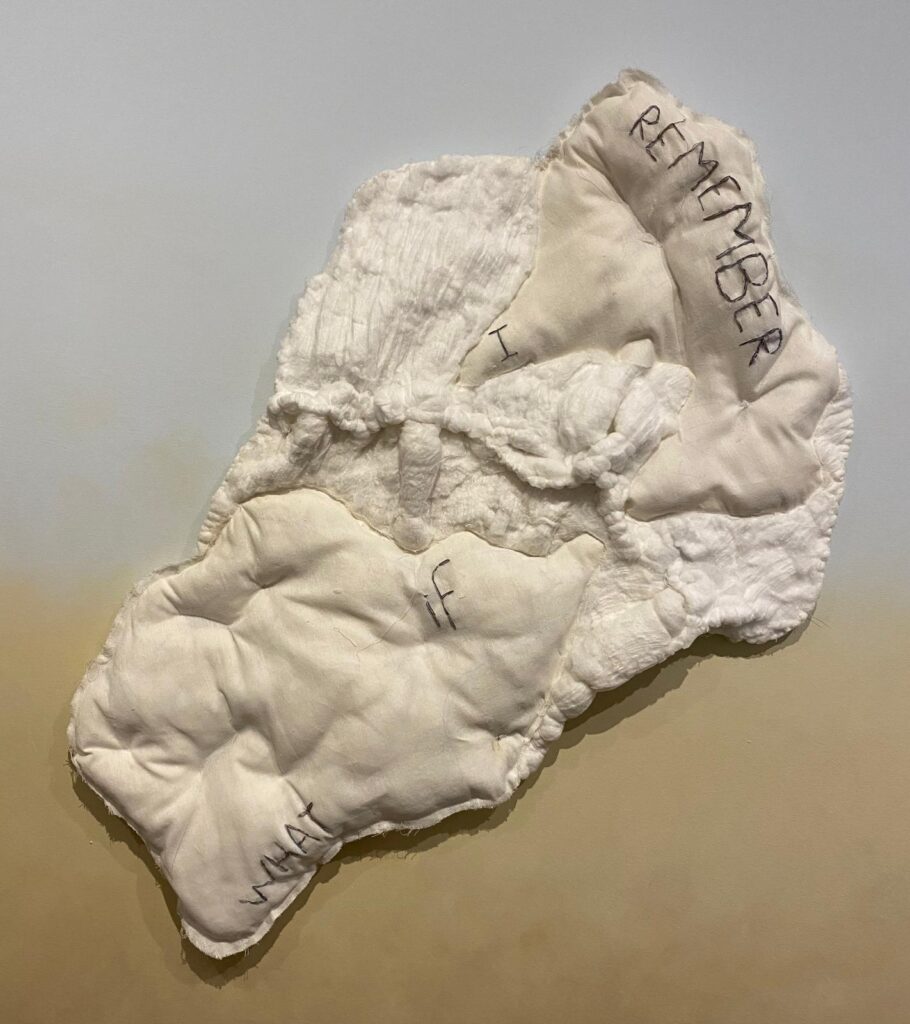
Forgetting, Remembering and Mourning
Esra Gezer’s ceramic and porcelain works in the exhibition focus on the healing power of remembering and the heavy burden of collective memory. Gezer describes her works in the exhibition as follows: “In this exhibition, my ceramic works actually came to the fore. I am not using ceramics as a single material, but combining it with rope, fabric and metal. I am currently doing my master’s degree in ceramics, and there are some main ideas in the thesis I am working on that could be very compatible with the text of the exhibition. These main ideas are all words and concepts revolving around forgetting, remembering and mourning…”. He continues as follows:
“Within these concepts, in the works I have created in this exhibition, I have a work called Random at the front. This is actually an installation. In this installation work, I captured a unity with bones and nets. Within this unity, in fact, those nets and the bones in the nets, each of them represent human beings. There are news that we change on television, that we throw the pages away in newspapers: ‘200 lives lost’, ‘50 dead’… I made those people, who are just numbers, as figures with the bones, to show that they are alive and have lived. If you pay attention to some of the bones, there are numbers written on them. These numbers are actually related to the fact that many of those people were buried in the orphan cemetery. There are no names in the cemetery, just numbers. So I created a settlement by putting them in a net and hanging them from the net.”
The artist also states that he emphasizes time with the nets in the installation. “This is a time that will never disappear…Because it is obvious that this temporality will not break in the next 20 years or 50 years. And the troubles and figures that we live with and sweep under the rug will always exist.”
Reconstructing Collective Memory
In her work titled Gölgeler (Shadows), Esra Gezer places ceramic shadows in the form of a scattered figure connected to each other. “They are connected because the things we grieve and remember are also very common,” says the artist, bringing the weight of the past and silenced memories to the surface. The work thus opens space for rethinking the lost, the erased and the overshadowed.
” In that work, each figure represents both ourselves and the other individuals we live with in society. The reason why some figures, some shadows are more meaningful is because of the news that we usually see on TV or on the pages of newspapers, that we are saddened by or that we collectively forget, that we collectively remember… For example, there is a figure and a shadow similar to the way Hrant Dink is sitting. I am saying here that we can heal by remembering each and every problem, each and every tragedy and repairing them,” he adds.
Emphasizing the importance of mourning and coming to terms with the past, the exhibition “Under the Carpet” invites the viewer to a deep questioning by tracing the memory that is being covered up. Revealing the emotional and social dimensions of forgetting and remembering, this exhibition aims to contribute to the effort to rebuild collective memory.

